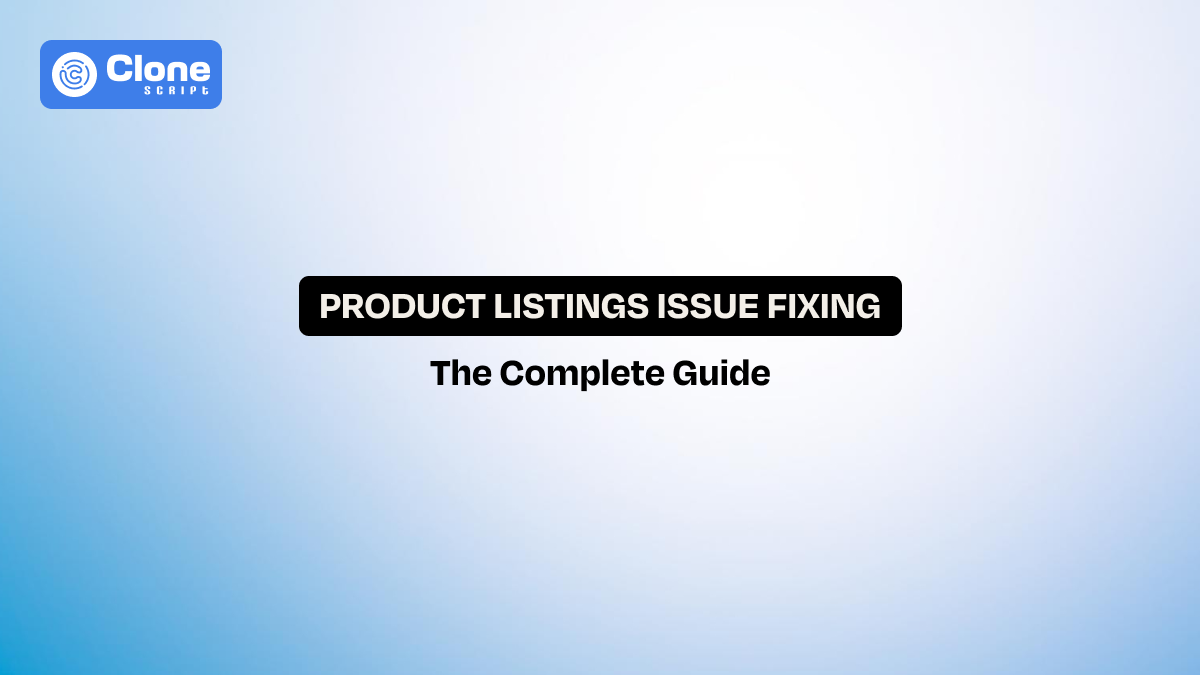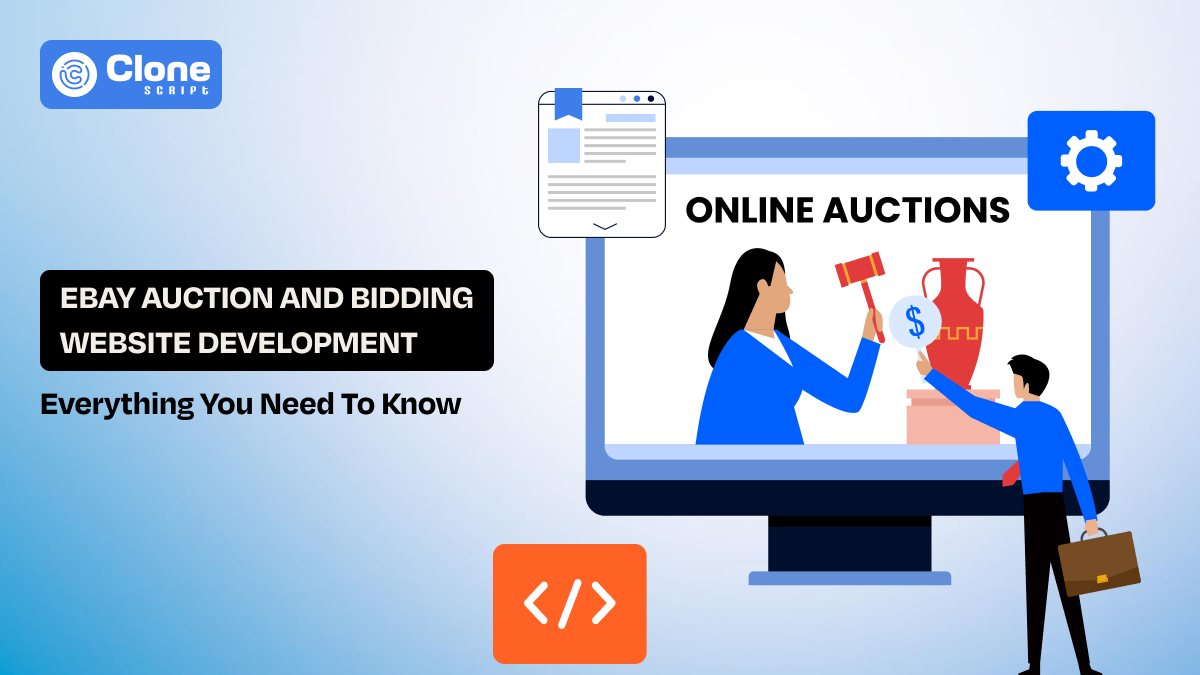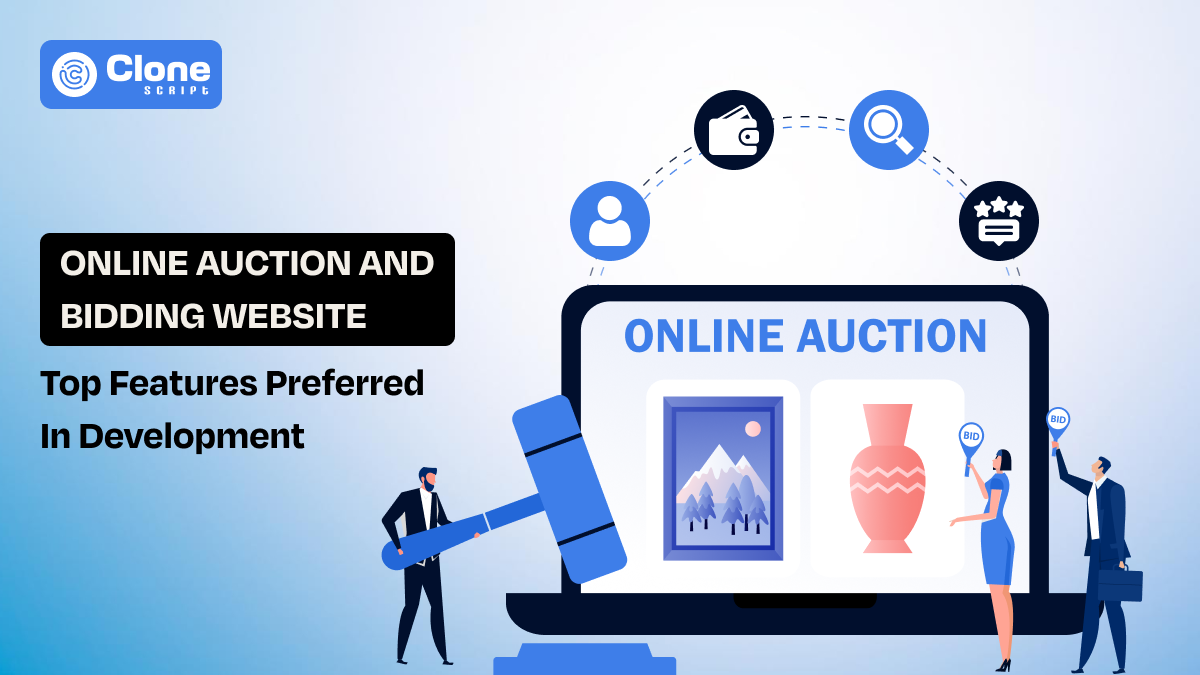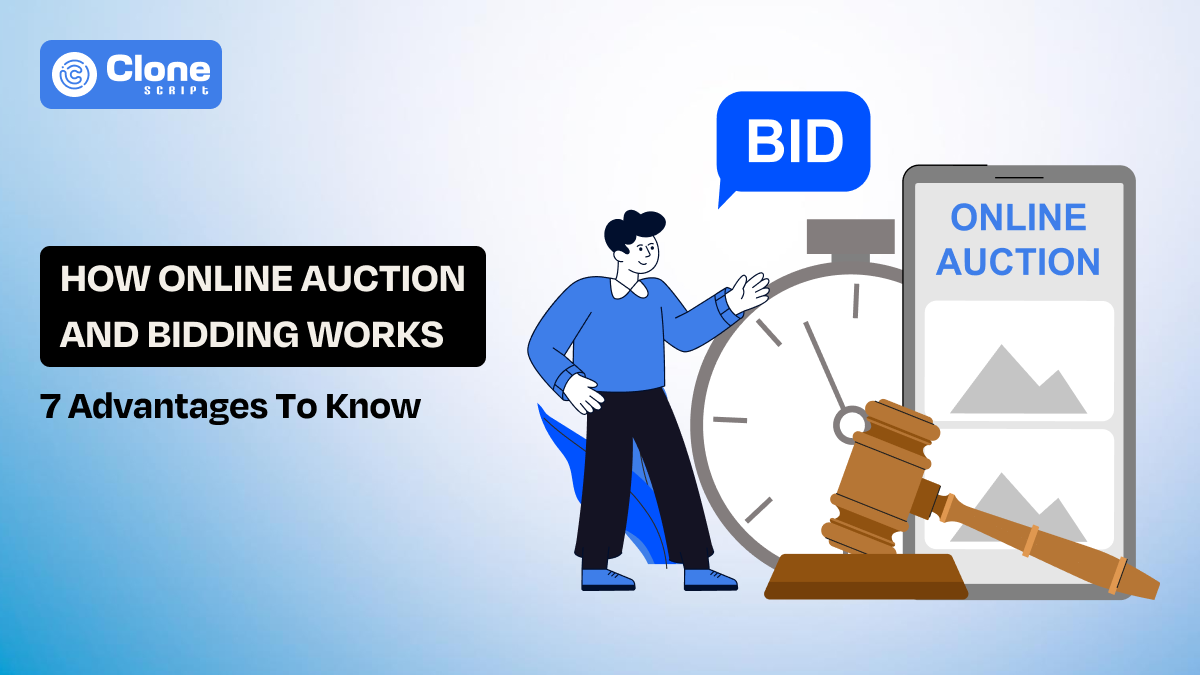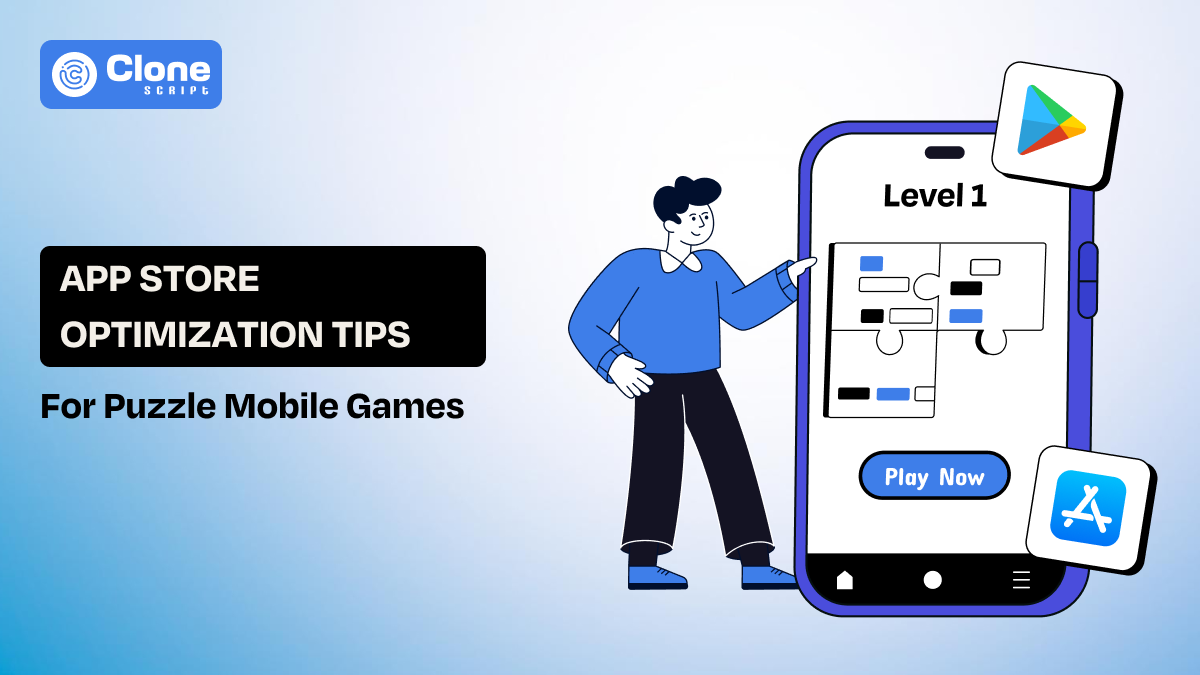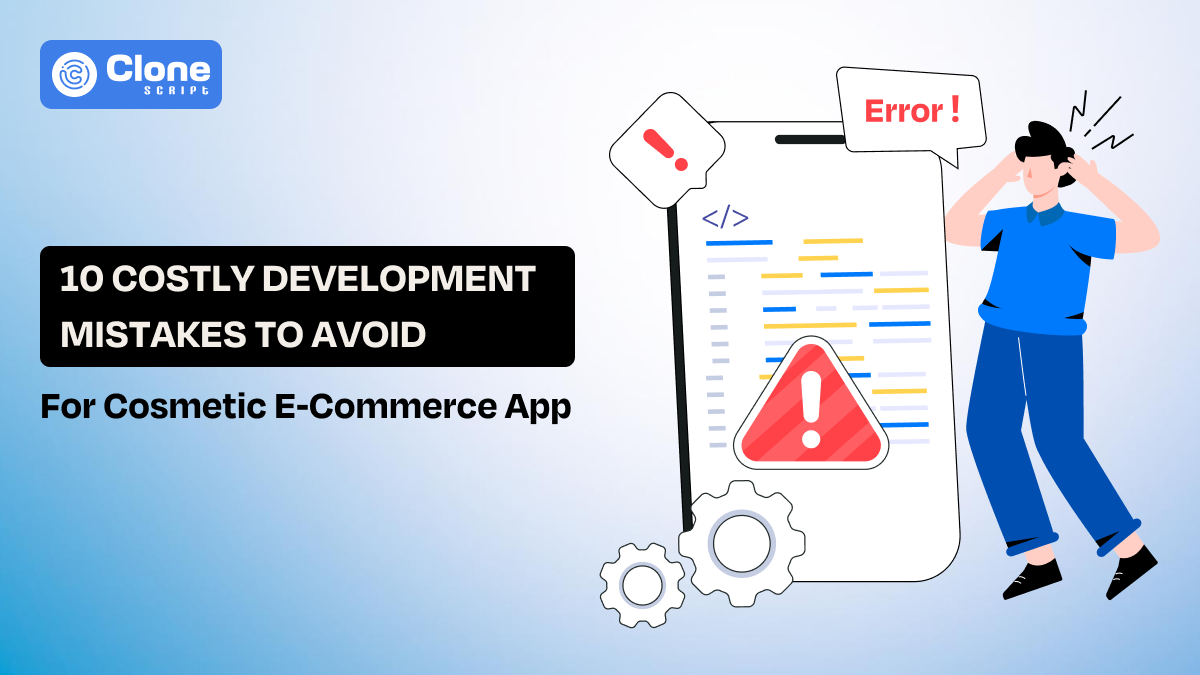Why Your Product Listings Are Failing and How to Fix Them
According to Salsify's 2024 report, 88% of online shoppers say product content plays a key role in their purchase decisions. Yet, thousands of businesses continue to lose sales every day because their product listings fail to connect with buyers. This means only having a product online available is not important until you present it to customers with ideation. It includes making it visible in search and how persuasive the content feels.
Optimizing a product listing with poor content and misleading information results in loss of sales and, even worse, the competitors shade you. If you sell products on Amazon. Flipkart, Shopify, or an e-commerce website, listing a product with a complete strategy for your sales numbers.
This guide explores why many e-commerce product listings fail, common mistakes brands make, and how you can fix them with effective optimization strategies. This directly boosts visibility and sales.
Understanding Product Listing Optimization.
Product listing optimization is the process of improving how your products are displayed online to maximize visibility, attract clicks, and increase conversions. In other words, it is the digital equivalent of a store shelf display. If your product isn’t attractive, informative, and easy to find, shoppers will pass it by.
But why do you have to make a listing more organized?
With e-commerce competition rising. According to the Statista 2025 report, global e-commerce sales are expected to reach $6.9 trillion by 2025. Brands can’t afford to ignore listing optimization if they want to stay relevant.
Optimizing listings is not just about writing descriptions. It includes the following tasks:
-
For optimizing the products for search engines, keyword research and its alignment are very important for visibility.
-
Using high-quality images and videos for engagement and driving leads towards the purchase.
-
Compelling copywriting that answers buyer questions and reduces unnecessary contact scenes to know only the usage of products.
-
Clear, structured data has to be aligned with platform algorithms. By following the guidelines to list products on sites like Amazon, eBay, Flipkart, Etsy, and Meesho, you can get more orders.
In essence, when your listings are properly organized and managed in a preferred way, it results in high conversions and market share capturing.
Now, let’s discuss the most frequent errors related to listing the products online and find the lowest AOV in the annual sales report.
Common Mistakes in Product Listings That Downgrade Business Reputation
Most businesses struggle not because of a bad product but because of poor presentation. Here are the most frequent product listing mistakes:
1. Weak Product Titles
Titles are the first thing customers see. If your title is too vague or stuffed with irrelevant keywords, it’s a turn-off.
-
Example of a weak title: “Shoes for Men Size 9” — too generic and unhelpful.
-
Better title: “Men’s Running Shoes – Lightweight, Breathable Sneakers for Training & Jogging” — descriptive, searchable, and precise.
A great title should be clear, searchable, and easy to understand at a glance.
2. Poor Quality Images
A 2024 Shopify study revealed that 75% of online shoppers rely on product photos to make purchase decisions.
-
Example: A single pixelated image of a dress with no size reference.
-
Better: Multiple high-resolution images from different angles, a model wearing the dress, and a close-up showing fabric quality.
Shoppers can’t hold your product; they rely on photos. If your images are dark, blurry, or inconsistent, they instantly reduce trust.
3. Generic Descriptions
Copy-pasting manufacturer text or writing overly technical descriptions is a common trap. But customers don’t just want specs. They want to know how the product will make their life better.
-
Example: “Plastic water bottle, 500ml, BPA-free, blue color.”
-
Better: “Stay hydrated on the go with this lightweight, BPA-free water bottle. Its 500ml size makes it perfect for workouts, travel, or office use—leak-proof and designed to last.”
A description should answer their questions, highlight benefits, and make them picture themselves using the product.
4. Ignoring SEO
You might have the perfect listing, but if it’s invisible in search results, it won’t sell.
-
Example: A listing titled “Stylish Bag.” This is unclear; no keywords.
-
Better: “Women’s Leather Shoulder Bag – Stylish, Durable Handbag for Office & Travel.” This version is optimized with relevant search terms.
Without doing SEO for product listing, like keywords, structured data, and backend tags, your product simply won’t show up where buyers are looking.
5. Missing Reviews & Ratings
Bazaarvoice's 2024 report shows products with 50+ reviews convert 4.6x higher (Bazaarvoice, 2024).
Reviews aren’t optional. They’re proof that your product delivers.
Imagine shopping online and seeing two identical products: one with 200 reviews and another with none.
Which one would you trust?
Reviews are today’s word of mouth. Without them, customers hesitate to trust your product.
6. Incomplete Information
Nothing frustrates shoppers more than missing details. Dimensions, materials, shipping times—leave these out, and you’ll push customers into second-guessing and abandoning their cart.
-
Example: A sofa listing that only says “Comfortable 3-seater.”
-
Better: “Modern 3-Seater Sofa – 78” length, premium fabric, 5-year warranty. Delivered within 7 days with free installation.”
At the end of the day, common product listing mistakes and how to fix them usually come down to one thing: making your listings both search-friendly for algorithms and genuinely helpful for real people.
These errors have to be solved as soon as possible to reduce the chances of losing the built reputation for your brand.
Strategies to Improve Your Product Listings on Every Sales Channel
Fixing an underperforming listing isn’t about trial and error. It’s about applying proven strategies that both buyers and algorithms respond to. Let’s break down how to optimize product listings for better sales with practical steps:
1. Craft SEO-Friendly Titles
Your product title is your first hook. It should be both searchable and easy for a buyer to understand. The trick is to weave your main keyword in naturally without making it look spammy.
Let’s say you’re selling shoes through your e-commerce website.
A product title with “Men’s Running Shoes – Lightweight, Breathable Sneakers for Training & Jogging” gets more clicks and conversions. While another version, like “Shoes Men Training Jogging Lightweight Breathable,” will not get attention.
2. Write Compelling Descriptions
A description isn’t just a technical list. It’s your sales pitch.
Follow the tips:
-
Focus on benefits, not just features.
-
Use storytelling to help customers imagine using your product.
-
Break content into bullet points so it’s easy to scan.
Understand this by example.
Writing just a “500ml stainless steel bottle” describes “Stay hydrated wherever you go. This leak-proof 500ml stainless steel bottle keeps drinks cool for 12 hours—perfect for workouts, commutes, and travel.”
3. Use High-Quality Media
Visuals decide whether someone clicks “Add to Cart.” If it is not available, people surely leave your brand and will not make the purchase.
To get more conversions, prefer the following methods:
-
Use 5–7 professional images showing angles, size references, and real-life usage.
-
Add short demo videos or even 360-degree views.
-
Don’t overoptimize the images through effects; just keep them original as much as possible.
Remember, more than 70% of e-commerce traffic comes from mobile devices (Oberlo, 2025), so images must be sharp and fast-loading.
4. Use Keywords for Product Listing SEO
Keywords are what connect your product with a shopper’s search. Research terms using Google Keyword Planner, SEMrush, or Helium 10, then place them in:
-
Titles - This is where the first interaction a user makes and decides to click on a product or not.
-
Bullet points - To highlight the USP and key details in a shorter way, it’s preferable.
-
Descriptions - Writing a search engine-optimized product description increases the chances of being featured at the top of the search results.
-
Backend search fields (where applicable) - Meta tags are very important for unlocking the rich snippet results.
But keep it natural: stuffing keywords hurts readability and trust, along with an implicit search penalty.
5. Encourage Reviews
Reviews are today’s word-of-mouth. Ask customers for feedback after purchase, and consider ethical incentives like loyalty points or discounts.
A listing with 50+ positive reviews can convert 4x better than one without any.
It means just having a high-quality product listed on the site is not important until users actually consume it in real life and provide their feedback.
6. Optimize for Mobile
With mobile e-commerce sales set to reach $4.5 trillion in 2025 (Statista), your listing must be mobile-first. That means shorter paragraphs, fast-loading images, and a clean layout that’s easy to scroll on small screens.
Don’t write the text of blocks to describe the product’s ingredients and methods. Just keep it less lengthy, as customers can use it easily.
7. Improve Pricing Transparency
Hidden charges are one of the biggest deal breakers in online shopping. The Baymard Institute (2024) found that 55% of shoppers abandon carts due to unexpected costs. Always show shipping fees, taxes, and discounts upfront.
Also, consider that if your products have variants and materials have been changed, then prices have to be shown accordingly.
8. Use A+ Content (Enhanced Brand Content)
If you sell on Amazon, take advantage of A+ content (or Enhanced Brand Content). This lets you add richer visuals, comparison charts, FAQs, and brand storytelling sections. It helps your product stand out in crowded categories.
These effective product listing strategies for e-commerce success are the baseline for staying competitive in today’s marketplace. The businesses that execute them consistently are the ones that win visibility, trust, and conversions.
E-commerce Platform-Specific Product Listing Optimization Tips
Every marketplace is known for its UVP that attracts both customers and businesses. Already, there are very few spaces to get customer attention as a business. But with the best tips for e-commerce product listings, you can make your task easier to reach those users.
Here’s how to do it right:
1. Amazon
Amazon is a search-driven marketplace, and its algorithm (A9) prioritizes relevance and conversions.
-
Follow Amazon SEO guidelines: Keep titles around 150–200 characters and use clear, keyword-rich formatting.
-
Incorporate backend keywords: These hidden fields let you rank for additional search terms without cluttering your title.
-
Use A+ content: If you’re brand-registered, A+ content gives you image-rich layouts, comparison tables, and storytelling blocks that can boost conversions by up to 10%–15% (Amazon data).
Example: A listing for “Bluetooth Headphones” that adds a comparison chart showing battery life vs. competitors instantly builds trust.
2. Shopify
With Shopify, you own the store experience. Here, speed and trust matter most.
-
Page speed is a first victory: Shopify research shows a one-second delay can reduce conversions by 7%. Compress images and minimize scripts to make site speed better and get more orders from mobile shoppers.
-
Show trust signals: Apps that collect reviews, display star ratings, and add secure checkout badges can significantly improve conversion rates.
-
Mobile-first optimization: Since most Shopify traffic is mobile, design listings with clean layouts, short copy, and fast-loading visuals.
Example: A Shopify fashion store that uses review apps to showcase 500+ verified reviews below each product sees higher add-to-cart rates.
3. Flipkart & Indian Marketplaces
Indian buyers shop differently. Using regional keywords and affordability filters is key to getting orders from them.
-
Localize product titles: Use words Indian shoppers actually search for (e.g., “cotton kurti for women” instead of “ladies tunic”).
-
Highlight affordability: Many buyers sort by “lowest price first.” Make sure your pricing, discounts, and offers are upfront.
Example: A Flipkart listing for a “women’s saree” that mentions “free delivery” and “under ₹999” has a higher chance of being clicked than one without price cues.
4. Etsy
Etsy is less about algorithms and more about storytelling and uniqueness.
-
Focus on the handmade narrative: Shoppers want the personal touch. Then, share the story behind the product to improve the shopping cart numbers.
-
Use long-tail keywords: Be specific. “personalized wooden name sign for wedding décor” works better than just “wooden sign” for a customized antique product.
-
Show authenticity through visuals: Natural lifestyle photos often perform better than stock-style product shots. After all, customers prefer genuine products, and a proper visualization plays an identical role.
Example: A seller who writes, “Each mug is hand-painted in my home studio in Jaipur, making every piece one-of-a-kind,” instantly connects with Etsy buyers who value craftsmanship.
Using the best tips to optimize a product listing on marketplaces and even an owned website is measurable through monitoring. Let’s find out more about it.
Monitoring and Adjusting Your Listings On Sales Channels
Product listing optimization isn’t a one-time job. Improving product visibility through listing requires ongoing monitoring.
Here are the key metrics every e-commerce team should track (and why they matter):
1. Click-Through Rate (CTR)
CTR shows whether your title and images are enticing enough to make people click.
Example: If your product shows up in 1,000 searches but only gets 20 clicks, the CTR is 2%. It indicates the issue may be a weak title or an uninspiring thumbnail image.
2. Conversion Rate (CVR)
This measures how many visitors actually buy. A strong CTR but low CVR often means your description, price, or reviews aren’t convincing.
Example: Your listing for “wireless earbuds” gets traffic but isn’t converting. But adding lifestyle images or emphasizing a benefit like “20-hour battery life” could close the gap.
3. Bounce Rate
If customers land on your product page and leave within seconds, something is off. It could be slow loading speed, poor design, or missing details.
Example: A furniture listing without dimensions will frustrate buyers, leading them to bounce and look elsewhere.
4. Keyword Ranking
Are you actually showing up for the terms your customers are typing in? If not, it’s time to revisit your keyword strategy.
Example: If your “organic skincare cream” isn’t ranking for “paraben-free moisturizer,” you’re missing out on high-intent traffic.
5. Review Trends
Beyond star ratings, reviews reveal customer pain points. If multiple buyers complain about packaging or sizing, that’s a signal to address it both in the product and the listing copy.
Tools to Use
-
Google Analytics: Great for Shopify and self-hosted stores.
-
Amazon Brand Analytics: Provides keyword insights, competitor comparisons, and buyer behavior data.
-
Hotjar or Crazy Egg: Heatmaps show exactly where users click (or stop scrolling) on your page.
The Role of A/B Testing
Never assume your current setup is the best. Test different versions of titles, images, or even pricing. Sometimes a single change, like switching the hero image, can lift conversions dramatically.
Example: One Amazon seller saw a 25% sales increase by replacing a plain product photo with a lifestyle image showing the product in use.
The takeaway: Improving product visibility through listing optimization is an ongoing cycle: monitor, analyze, adjust, and repeat. The businesses that treat optimization as continuous maintenance, not a one-time project, are the ones that stay ahead.
Should I Go with Professional Services for Product Listing?
If you’re serious about scaling your e-commerce business, the answer is yes. All Clone Script’s product listing service provides end-to-end optimization designed to boost product visibility and sales.
While anyone can create a basic product listing, professional services bring expertise, strategy, and consistency that can improve results.
The services help with:
-
SEO optimization: Ensuring your products rank higher in search results.
-
Compelling content: Well-written titles and descriptions that drive clicks and conversions.
-
High-quality visuals: Images and videos that build trust and showcase your product’s value.
-
Platform-specific optimization: Tailoring listings to Amazon, Shopify, Flipkart, or Etsy to maximize visibility.
-
Time-saving execution: Letting experts handle the details so you can focus on sales and growth.

Get Professional Product Listing Service
If your listings are struggling to convert, or you don’t have the bandwidth to keep up with changing algorithms and buyer behaviors, partnering with professionals can deliver faster, more measurable results.
Conclusion
In e-commerce, great products don’t guarantee sales; optimized product listings do. Weak titles, poor images, and generic descriptions often hold businesses back, but these issues are entirely fixable with the right strategy.
Optimization, however, isn’t a one-time effort; it requires continuous monitoring and refinement to stay ahead of competitors. That’s why many businesses turn to professionals.
AllCloneScript’s Product Listing Services provide complete solutions—from keyword-rich SEO and engaging descriptions to A+ content and mobile optimization. With expert support, your listings won’t just exist online. They’ll stand out, attract more clicks, and convert browsers into loyal buyers.
FAQs
-
Can product listing optimization reduce my ad spend?
Yes. When listings are fully optimized, they attract organic traffic. This means you’ll rely less on paid ads and improve ROI, making every sale more profitable.
-
How do product reviews affect e-commerce product listings?
Reviews act as social proof. A product with 50+ reviews can see up to 4.6x higher conversions (Bazaarvoice, 2024). Without reviews, buyers often hesitate, which lowers sales and visibility.
-
Should I update product listings regularly?
Yes. E-commerce is dynamic, and algorithms constantly change. Regular updates, such as adding seasonal keywords, testing new titles, or refreshing images, help maintain visibility and relevance.
-
How to optimize product listings for better sales?
To improve sales, use SEO-friendly titles, add benefit-driven descriptions, upload 5–7 quality images, and encourage customer reviews. Also, make sure your listings are mobile-optimized since most e-commerce traffic comes from smartphones.
-
What are the most common product listing mistakes?
The biggest product listing mistakes include:
-
Weak or keyword-stuffed titles
-
Low-quality or missing images
-
Generic descriptions copied from manufacturers
-
Ignoring product listing SEO
-
Missing reviews or incomplete information
These mistakes reduce trust, visibility, and conversions.
 BTC - Bitcoin
BTC - Bitcoin
 USDTERC20 - USDT ERC20
USDTERC20 - USDT ERC20
 ETH - Ethereum
ETH - Ethereum
 BNB - Binance
BNB - Binance
 BCH - Bitcoin Cash
BCH - Bitcoin Cash
 DOGE - Dogecoin
DOGE - Dogecoin
 TRX - TRON
TRX - TRON
 USDTTRC20 - USD TRC20
USDTTRC20 - USD TRC20
 LTC - LiteCoin
LTC - LiteCoin

